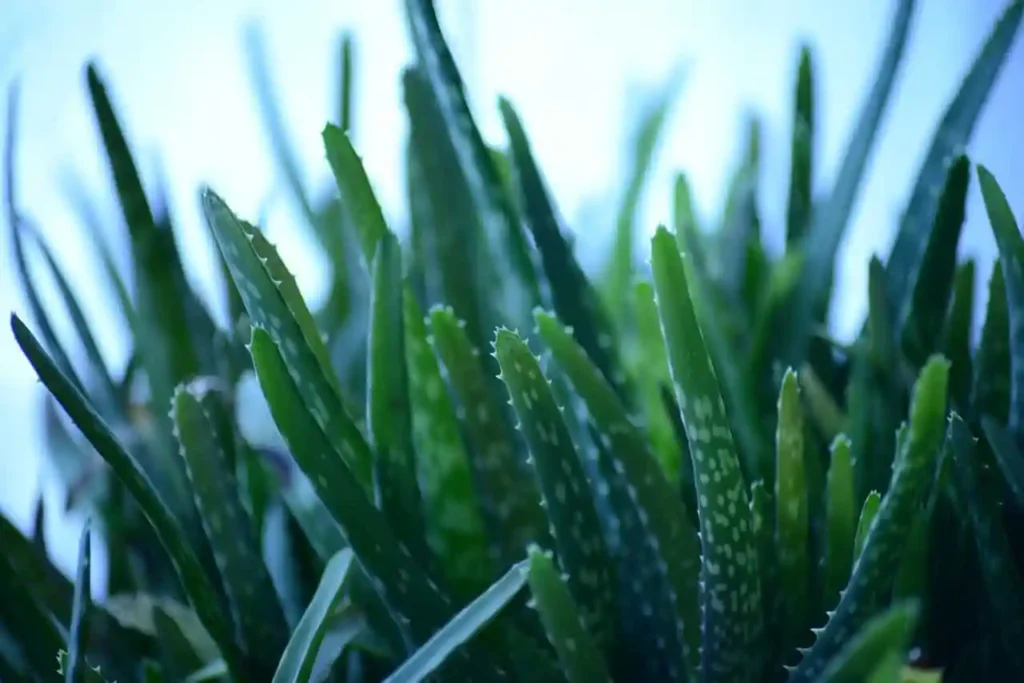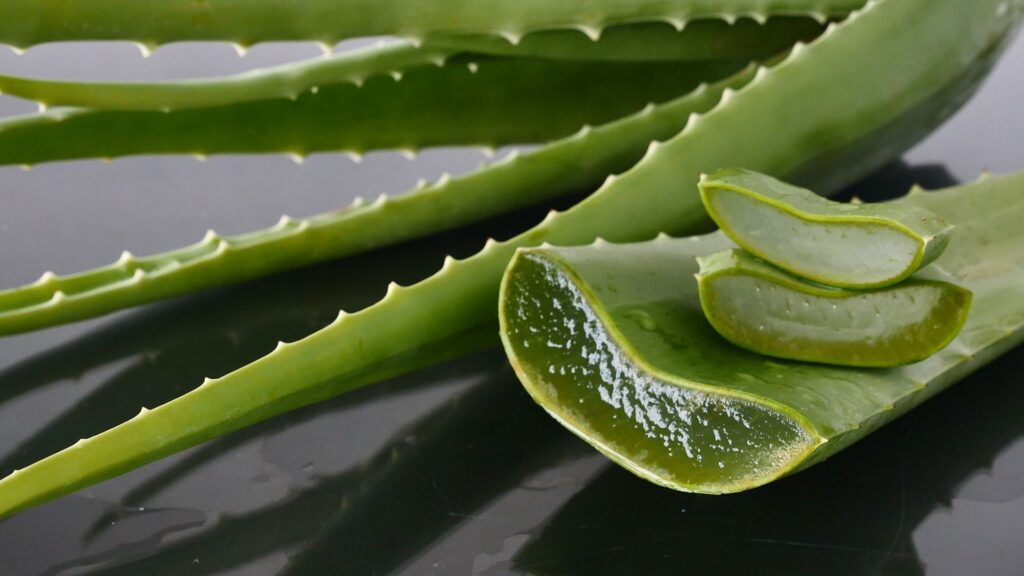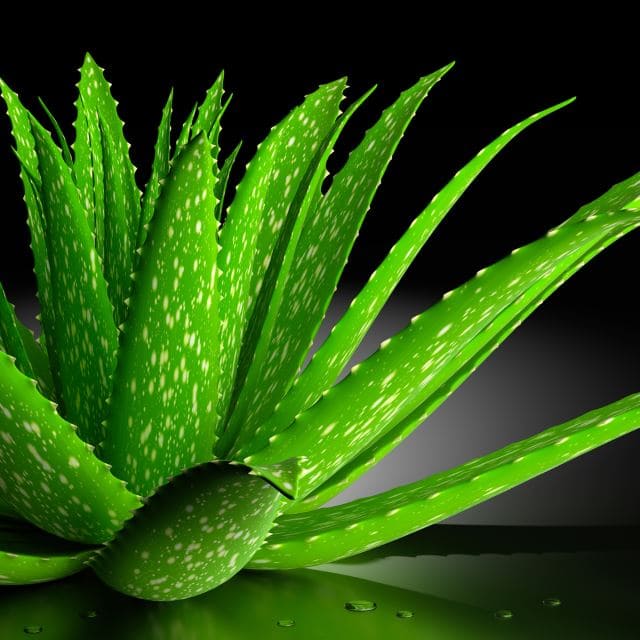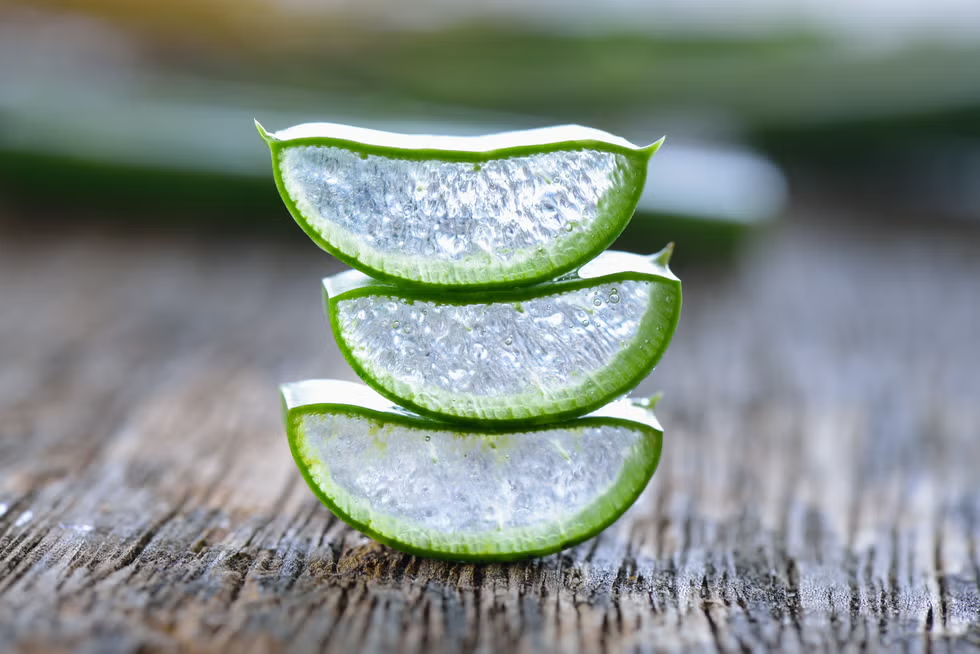It’s not often you find a plant that feels at home on a sunbaked windowsill, in a forgotten desert, and in a medicine chest all at once. Aloe vera is that rare companion—a survivor, a healer, and a quiet witness to the passing of centuries. I remember, as a child, my grandmother would reach for the squat, spiky pot in her kitchen whenever we scraped a knee, got sunburned, or simply needed a little soothing. It always seemed a bit magical, breaking open a thick leaf and finding cool, clear gel inside—like the plant held its own secret spring.

From Ancient Temples to Modern Homes (and Scientific Labs)
Aloe vera (Aloe barbadensis miller) has been trusted since the days when ancient Egyptians called it the “plant of immortality” and queens prized it for beauty and healing. Wander through the markets of North Africa or Southern India, and you’ll still find cut leaves and bottles of fresh gel being sold for everything from burns to digestion.
Today, science explains why: aloe’s gel is loaded with polysaccharides, glycoproteins, vitamins, and enzymes that promote rapid skin repair, reduce inflammation, and support hydration. Its juice is used (with caution) as a gentle digestive soother, and its antimicrobial compounds make it a favorite for minor wounds.
Growing and Propagating Aloe Vera: An Herb for Every Home
Aloe vera is both forgiving and generous—just the sort of plant that suits a wandering spirit or a forgetful gardener. Place a pup or cutting in a shallow pot with sandy, well-drained soil, and set it in a bright, sunny spot. Water deeply but infrequently; aloe thrives on neglect, preferring to dry out between drinks.
It propagates easily: as the plant matures, it sends up pups (baby aloes) around its base. Simply tug a pup free, let it callous for a day, and replant. In warm climates, aloe will happily naturalize outdoors, spreading along borders and dry patches where little else thrives. In cooler zones, it becomes a trusted windowsill sentinel, waiting patiently for its next call to heal.
Aloe Vera in Everyday Ritual
For the wandering herbalist, aloe is the ultimate travel companion. Break open a leaf to soothe a sunburn or bug bite, dab the gel on scrapes, or mix it into homemade face masks for instant relief. Even on restless journeys, a small aloe cutting in a jar is a reminder: true healing doesn’t have to shout—it simply endures, and offers itself freely when needed.

Aloe Vera Fact Sheet
- Botanical Name: Aloe barbadensis miller (Aloe Vera)
- Active Compounds: Polysaccharides (acemannan), glycoproteins, vitamins A/C/E/B12, enzymes, amino acids, anthraquinones (in latex, more potent laxative)
- Parts Used: Inner leaf gel (most common), sometimes latex (outer leaf, for strong laxative effect—used with caution)
- Traditional Uses: Soothing burns, healing wounds, hydrating skin, calming sunburn, mild digestive aid, beauty and hair care
- Modern Science: Demonstrates skin healing, anti-inflammatory, antimicrobial, and hydrating properties; some studies support use in mild digestive upset (with care)
- How to Grow:
- Use well-drained, sandy soil; pots or ground
- Bright light, partial to full sun
- Allow soil to dry between waterings
- Propagate by separating pups (baby plants) from the base
- Use well-drained, sandy soil; pots or ground
- Where It Grows Wild:
- Native to the Arabian Peninsula, now widely naturalized across tropical, subtropical, and arid regions globally
- Common in household pots, desert gardens, and as an ornamental in dry landscapes
- Native to the Arabian Peninsula, now widely naturalized across tropical, subtropical, and arid regions globally
- Preparations:
- Fresh gel (direct from leaf) for topical use
- Juice (from gel, as a supplement—choose decolorized and purified forms for safety)
- Whole leaf (latex, strong laxative—use only under professional guidance)
- Fresh gel (direct from leaf) for topical use
- Cautions:
- Rare allergic reactions
- Internal use of aloe latex can cause cramping, diarrhea; not recommended in pregnancy, children, or with kidney disease
- Topical gel is safe for most, but test a small patch first
- Rare allergic reactions
***Always consult with a healthcare professional before using aloe internally, especially if you’re on medication or have medical conditions.***



Leave a Reply